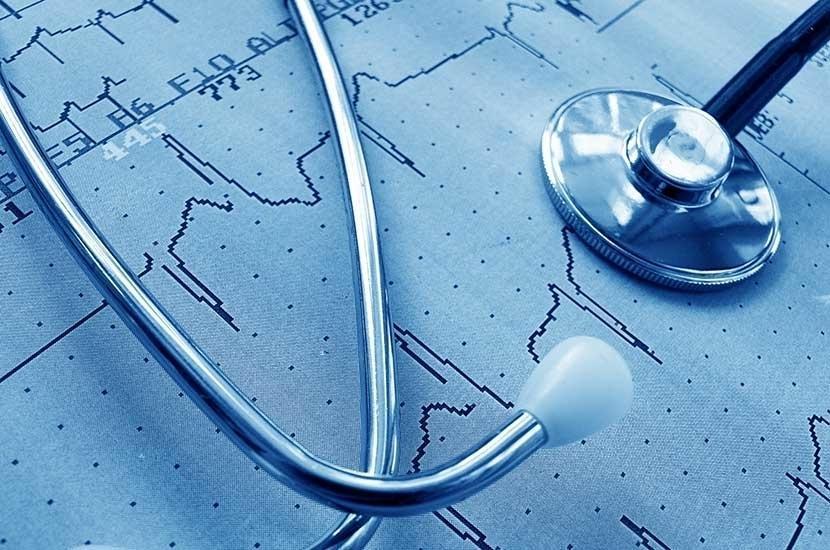How Improper Pharmaceutical Disposal Harms the Environment

Dr. Meg Fernandez is a dermatologist practicing in Toronto, Ontario. Dr. Fernandez specializes in skin care. Dermatologists evaluate and manage both common and uncommon skin conditions. These conditions include acne, psoriasis, warts, skin infections, atopic dermatitis, herpes simplex and more. Dermatologists are also... more
In recent years, the conversation around environmental protection has grown louder. We talk about plastic pollution, carbon emissions, and deforestation, yet one harmful practice often flies under the radar—improper disposal of pharmaceuticals. Hospitals, clinics, nursing homes, and even households frequently dispose of expired or unused medications in ways that are unsafe for the environment. The consequences of this go far beyond the garbage bin and the drain. They stretch into our water systems, soil, and even food chains.
Improper pharmaceutical disposal includes actions like flushing medications down the toilet, throwing them into regular trash bins, or pouring liquid medications into sinks. While these methods might seem convenient, they can have long-term effects on the environment that are difficult to reverse.
The Role of Proper Disposal Services
This is where pharmaceutical waste disposal services play a critical role. These specialized services ensure that medications are collected, handled, and destroyed in a way that prevents harmful substances from entering natural ecosystems. They also help healthcare facilities comply with regulations, avoid hefty fines, and demonstrate environmental responsibility.
Without these services, large volumes of medications can end up in landfills or sewage systems. Over time, these substances leach into groundwater or enter municipal wastewater treatment plants, many of which are not equipped to filter out pharmaceutical compounds. This leads to the unintentional spread of active drug ingredients into rivers, lakes, and even drinking water supplies.
Impact on Aquatic Life
One of the most immediate and visible effects of pharmaceutical pollution is on aquatic ecosystems. Studies have shown that trace levels of hormones, antibiotics, antidepressants, and painkillers in rivers and streams can disrupt the biological functions of fish and amphibians. For example, exposure to synthetic estrogen from contraceptive pills has been linked to reproductive problems in fish populations, including reduced fertility and altered sex ratios.
Antibiotics in the water can also promote the growth of drug-resistant bacteria, creating new public health risks. These bacteria can potentially spread through water systems and make infections more difficult to treat in both humans and animals.
Soil Contamination and Plant Uptake
Pharmaceutical compounds that enter the soil through improper waste disposal can affect plant life as well. While some medications degrade over time, others persist and alter soil composition. Research indicates that certain drugs can be taken up by plants through their roots, especially crops irrigated with contaminated water or grown in treated sludge from wastewater plants.
This raises concerns about food safety, as these trace contaminants may end up on our plates without us realizing it. Over time, the accumulation of these substances in food crops could pose health risks and complicate agricultural production.
A Human Health Issue Too
Although the environmental impact is the primary concern, improper pharmaceutical disposal also indirectly affects human health. Contaminated water sources can make their way back into households through drinking water, and trace pharmaceuticals in food can accumulate in the body over time.
In addition, the spread of drug-resistant bacteria in the environment can increase the risk of untreatable infections. What begins as an environmental concern quickly becomes a public health crisis if left unchecked.
Building Safer Habits
The solution begins with awareness and responsible action. Healthcare facilities must prioritize using certified disposal services and educating their staff about proper protocols. At the individual level, people should avoid flushing medications or tossing them into the trash. Community take-back programs, pharmacy drop-off points, and mail-back solutions are safer alternatives.
By understanding the connection between pharmaceutical waste and environmental health, both institutions and individuals can make better decisions. Proper disposal is not just a regulatory box to check. It is a vital part of protecting ecosystems, preserving clean water, and promoting long-term public health.









